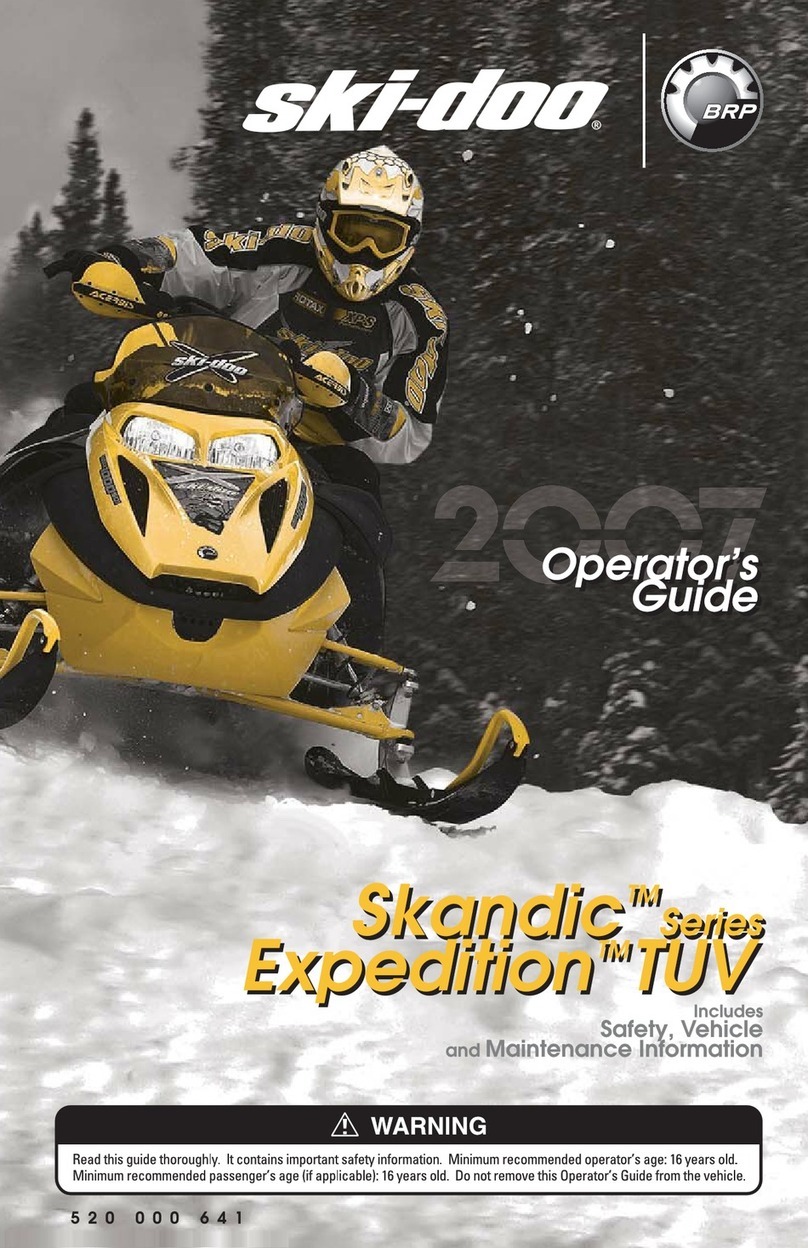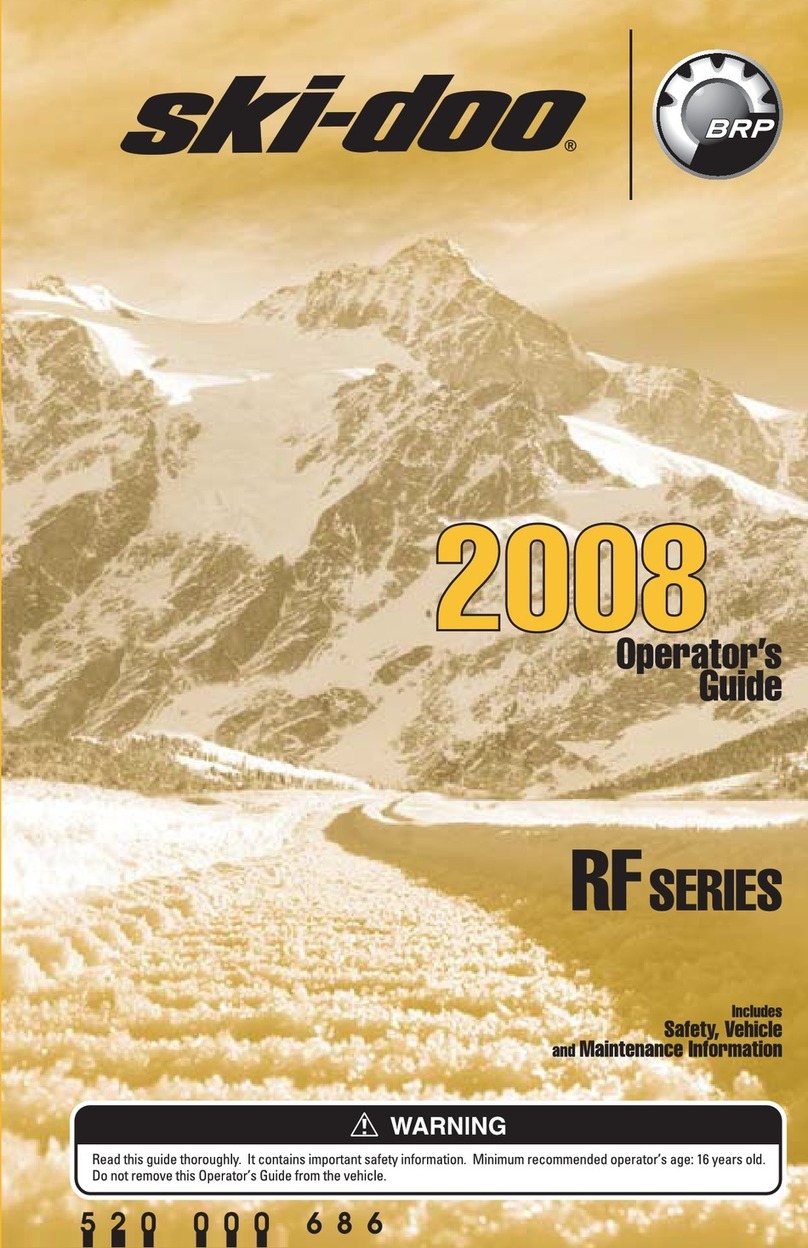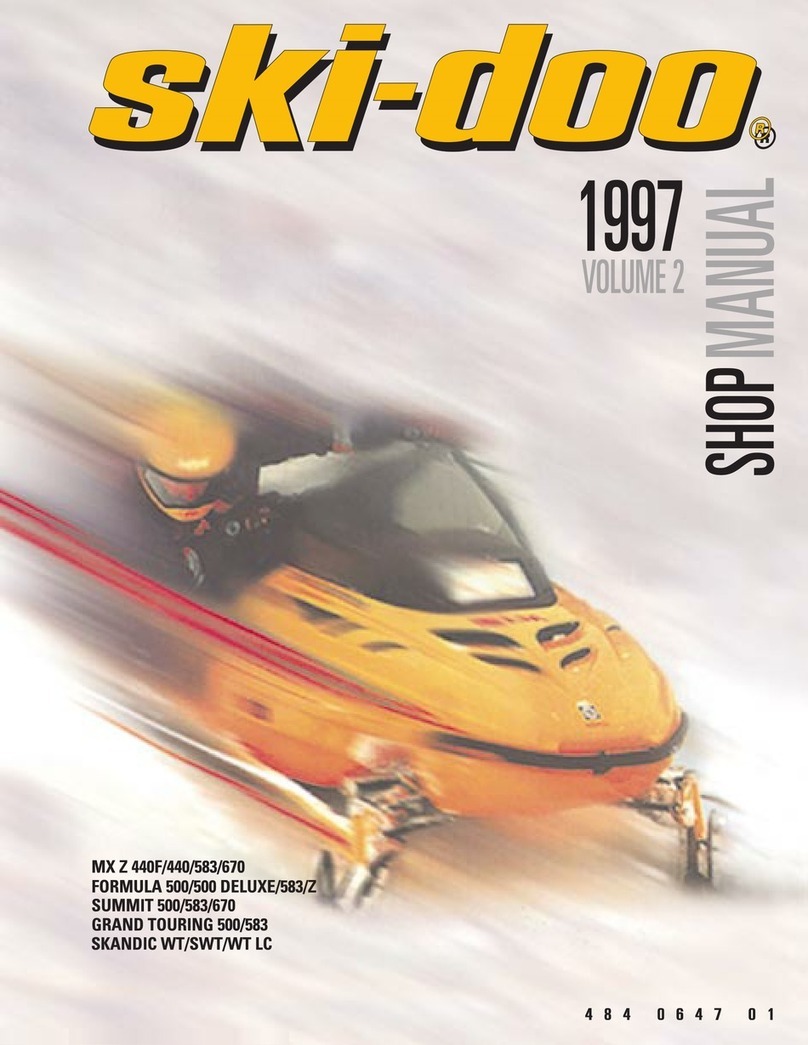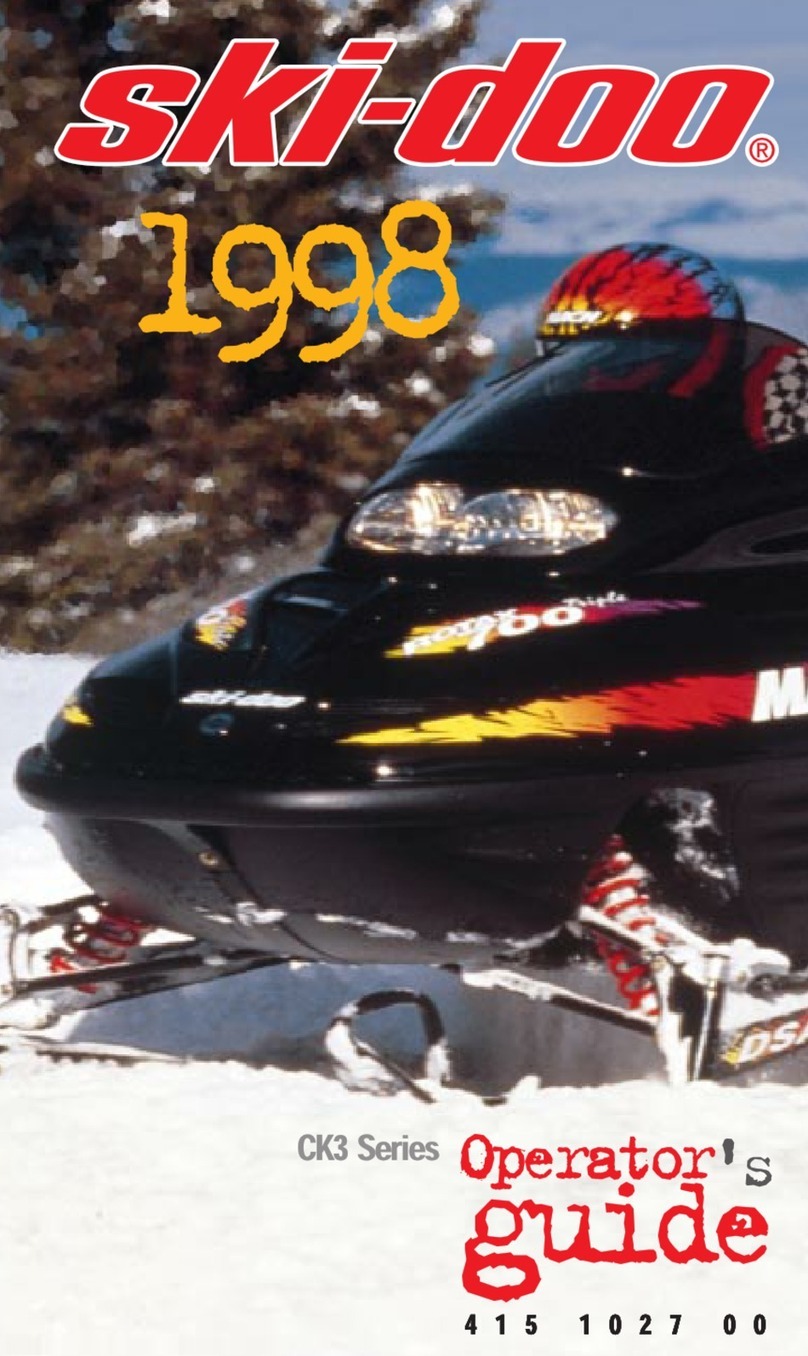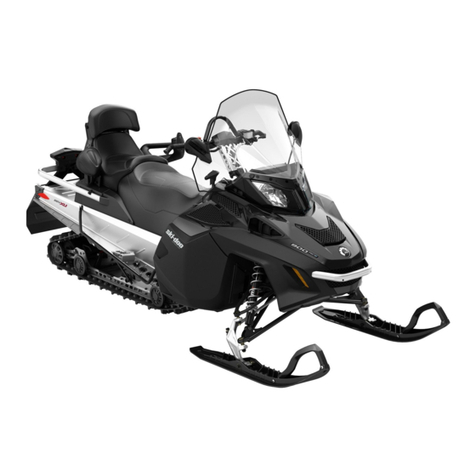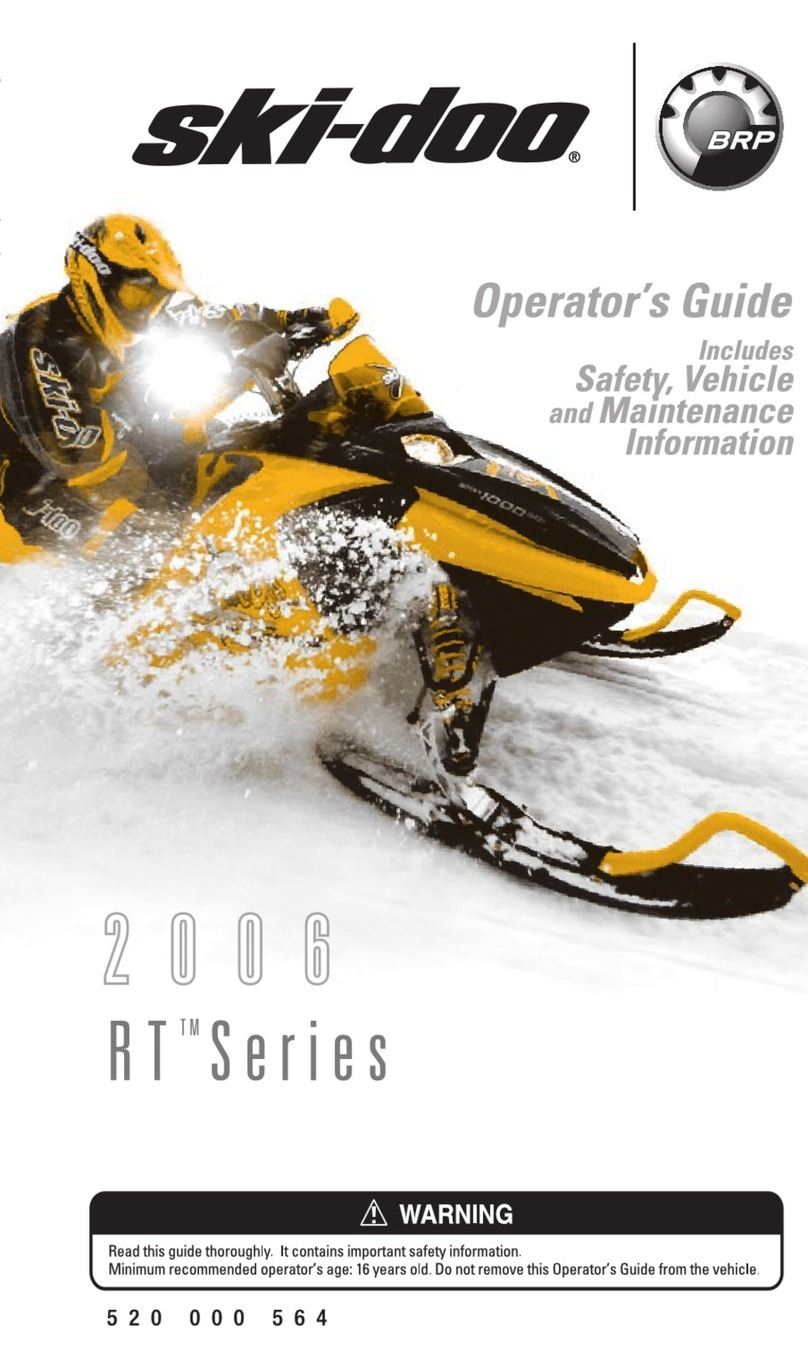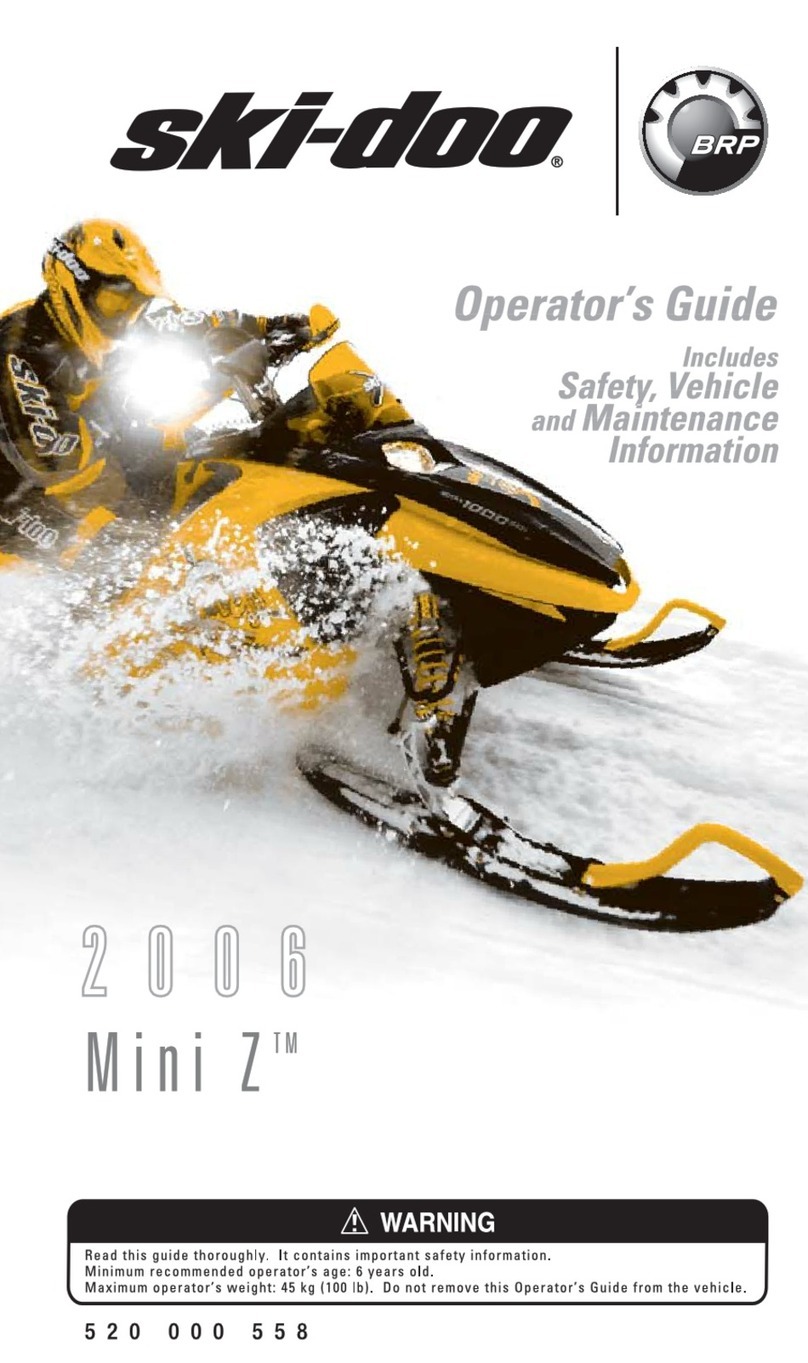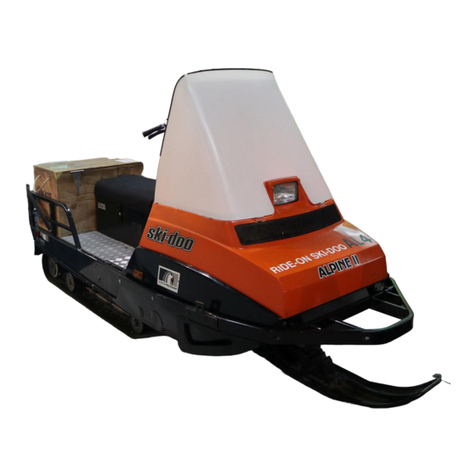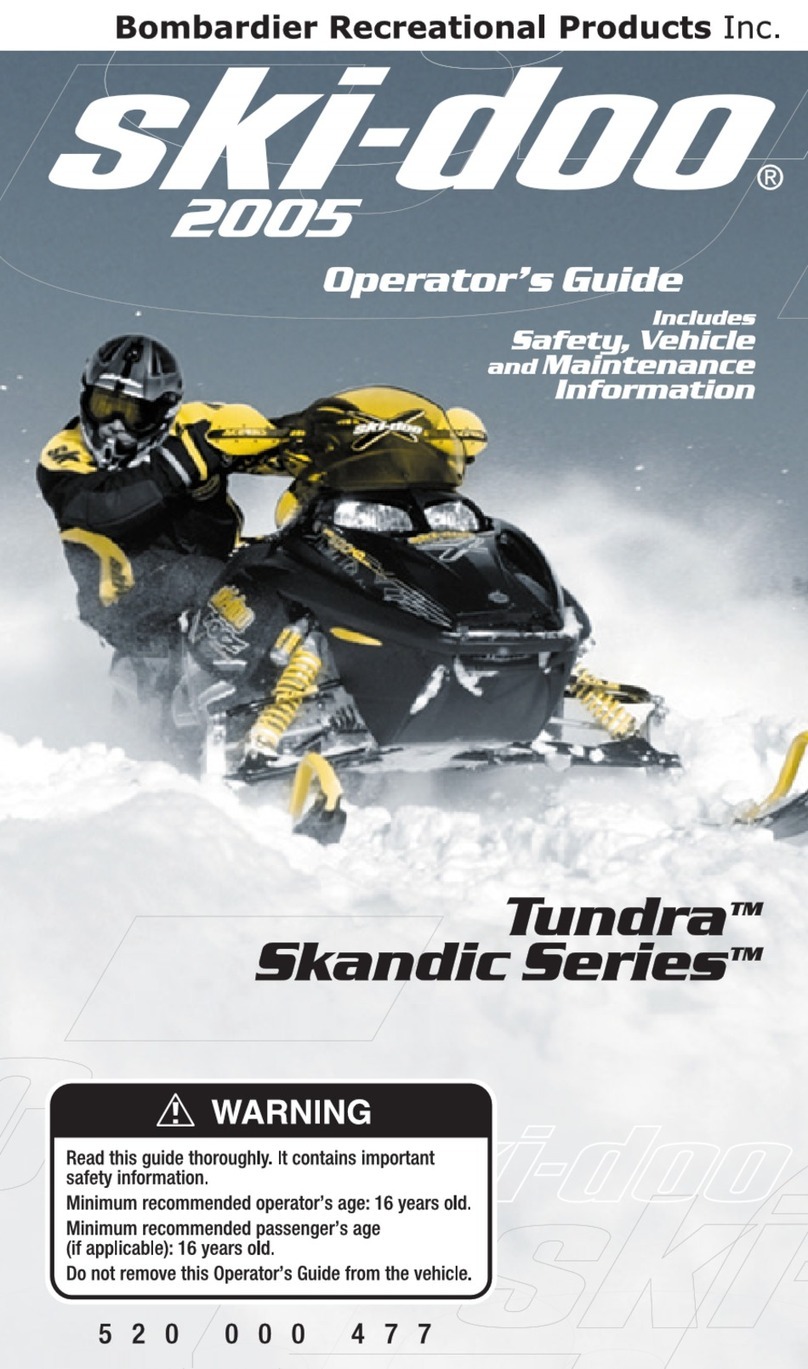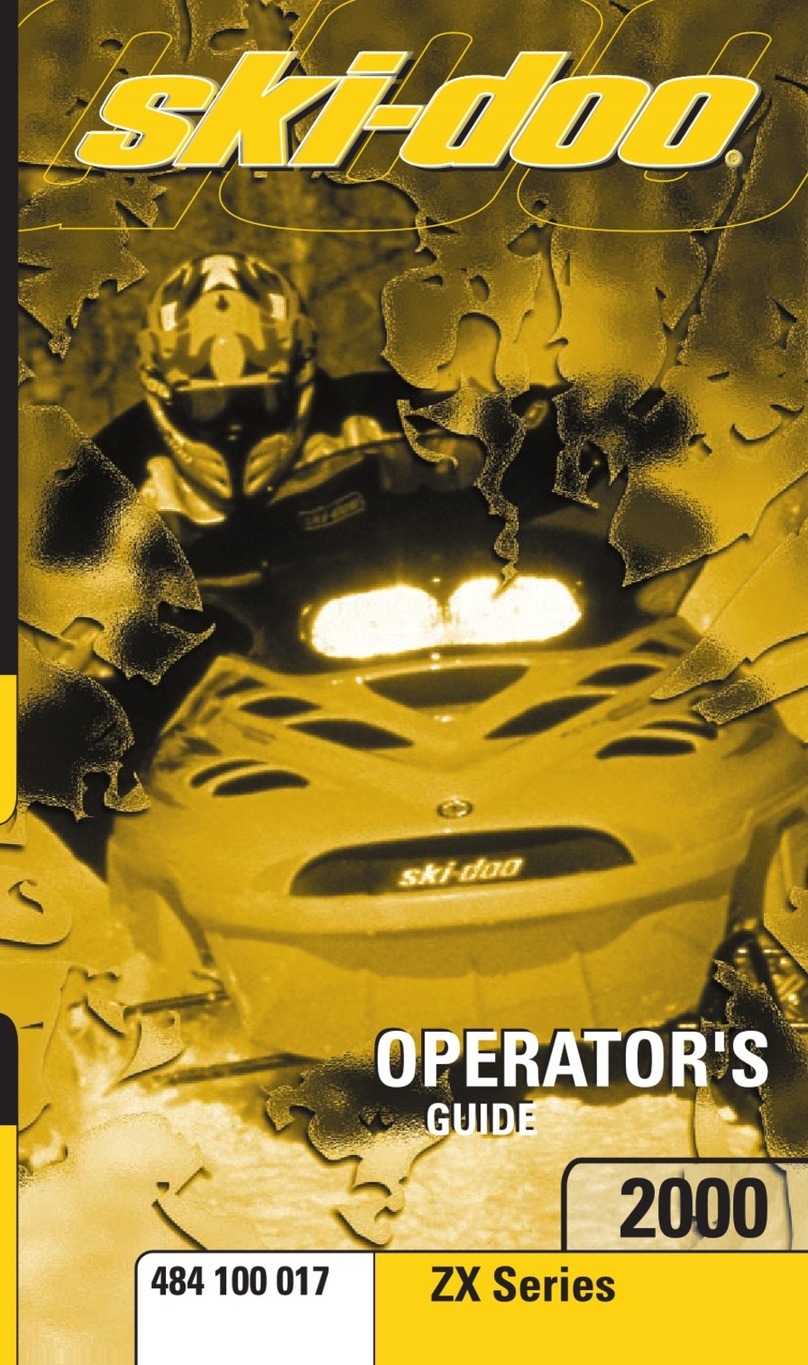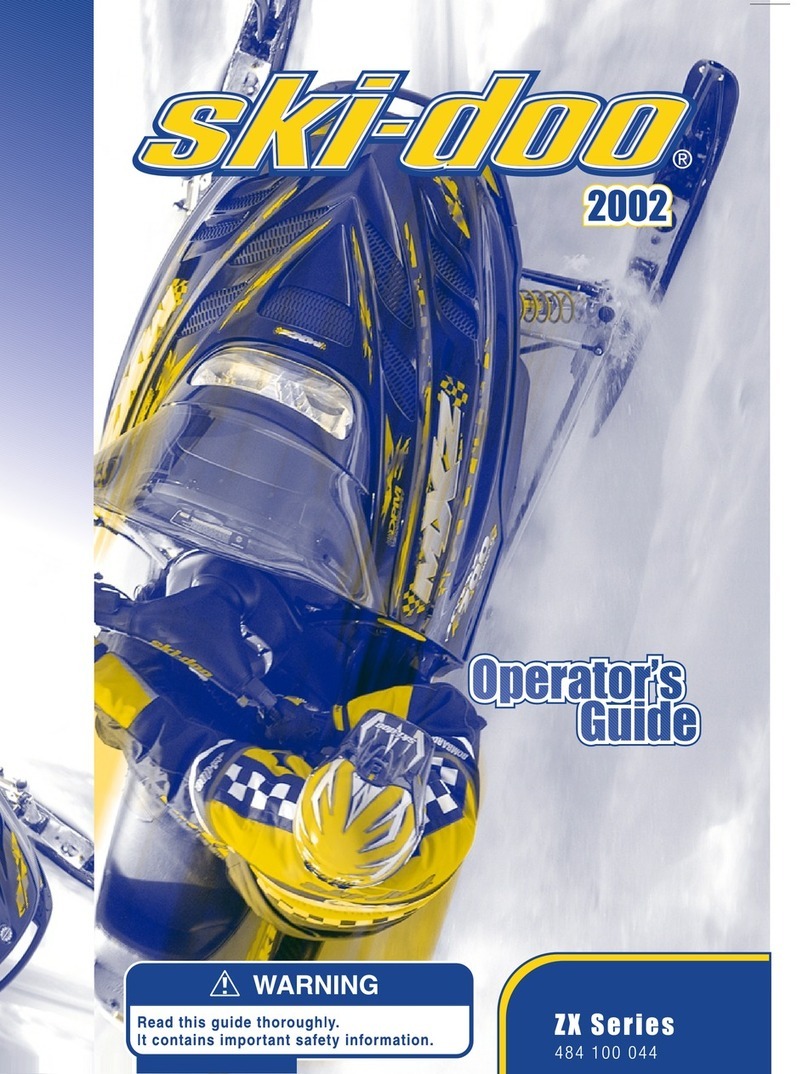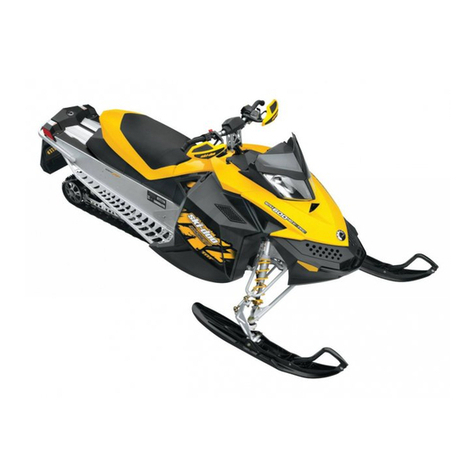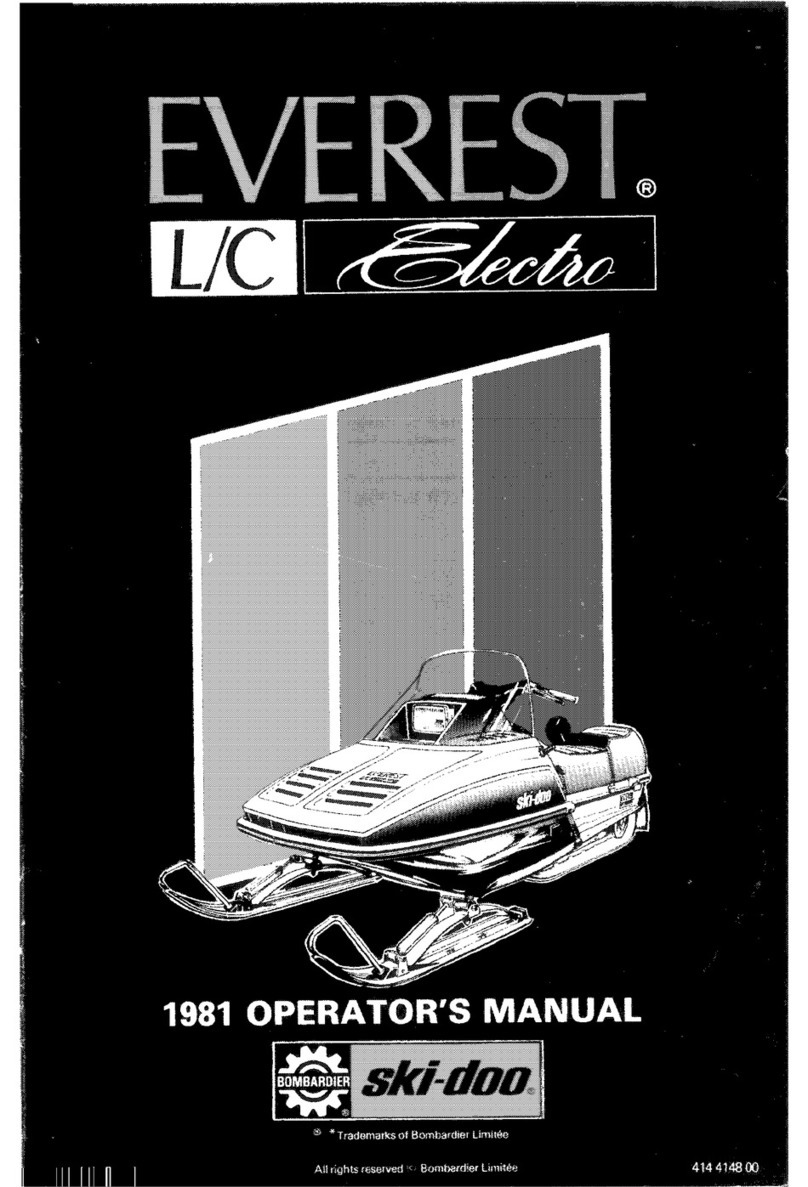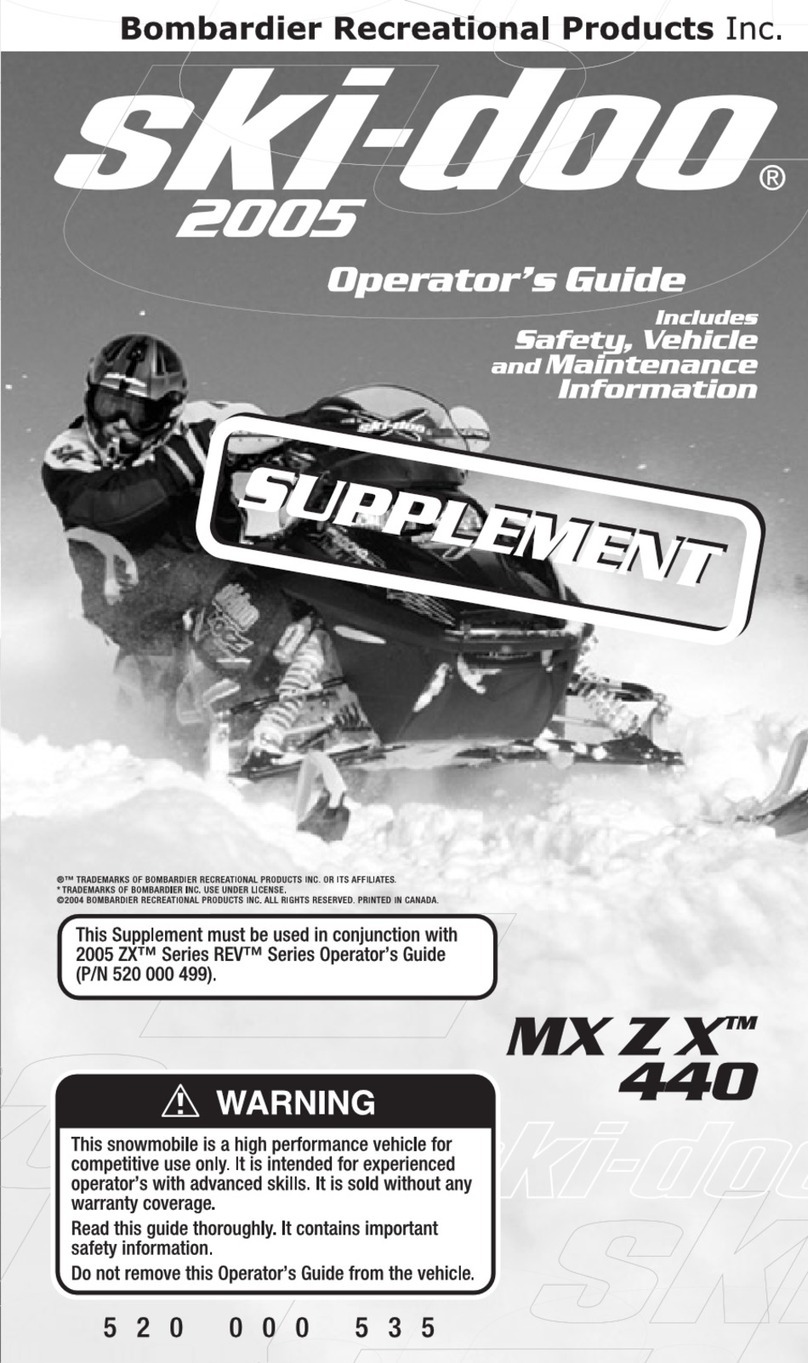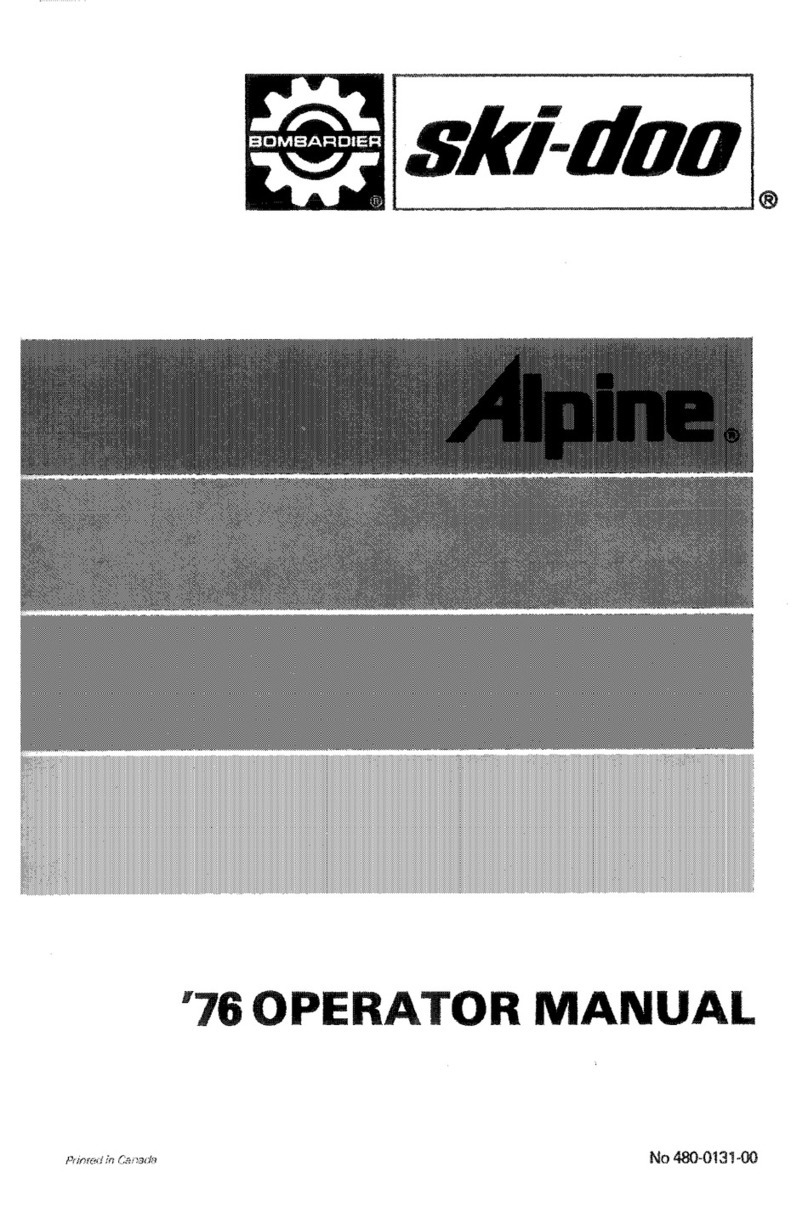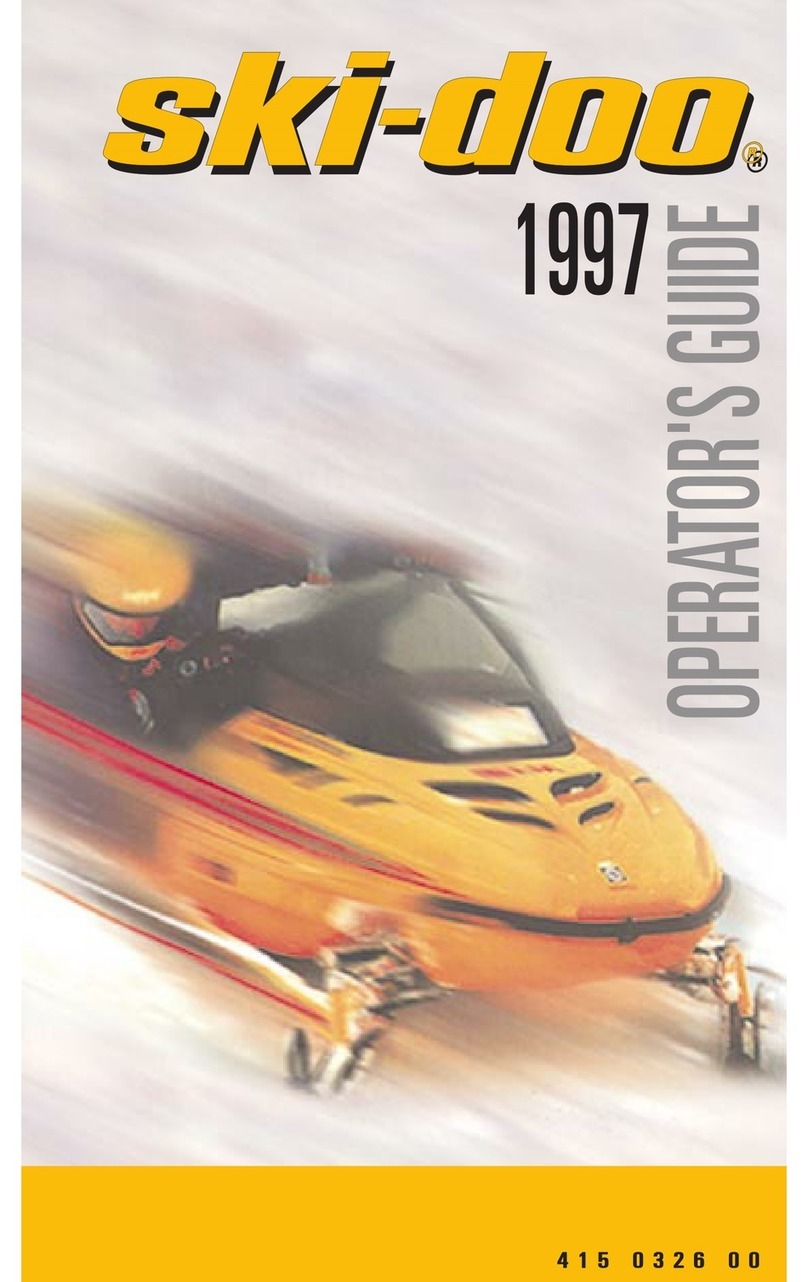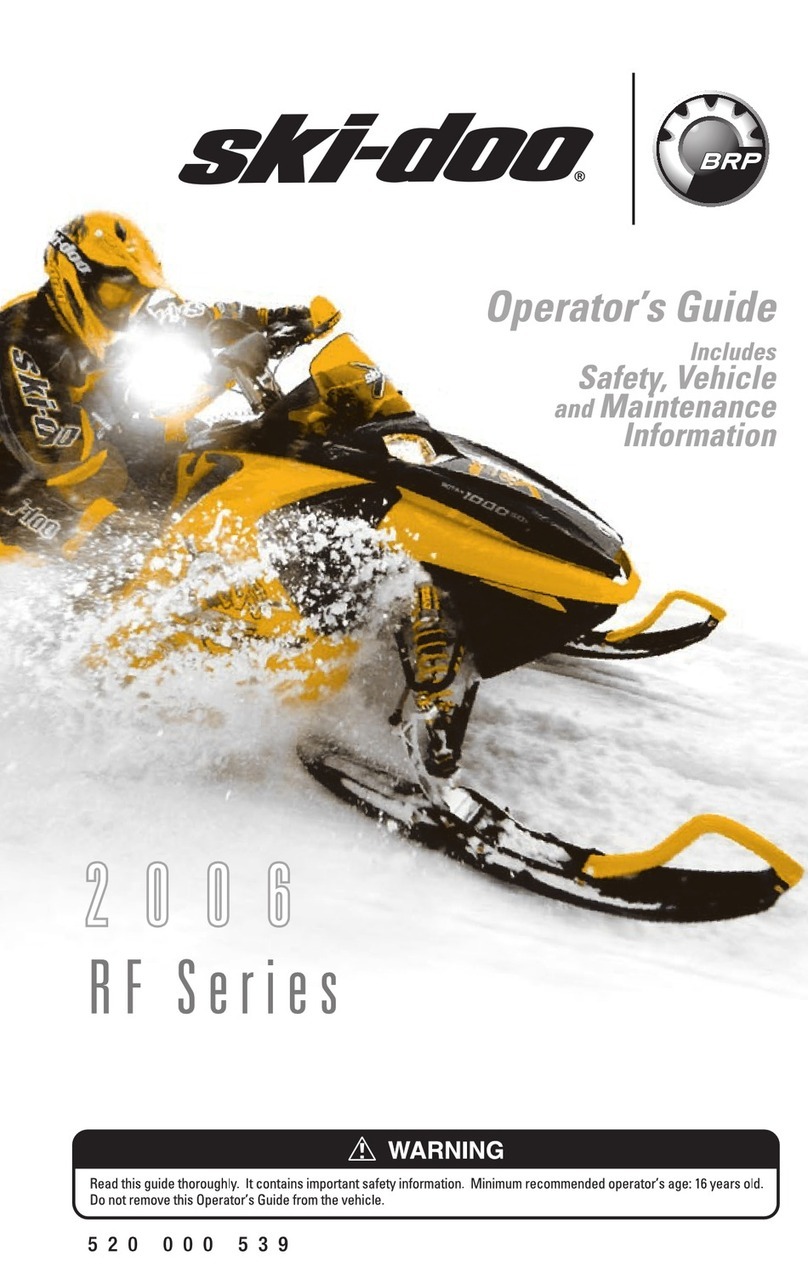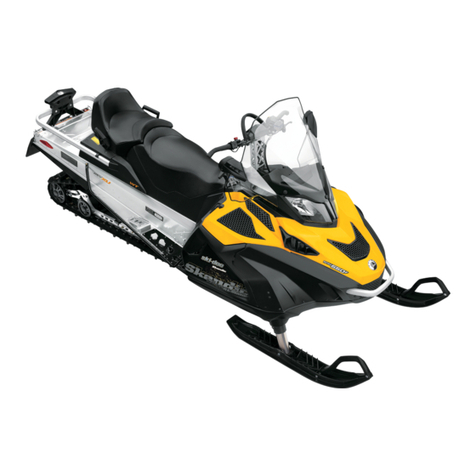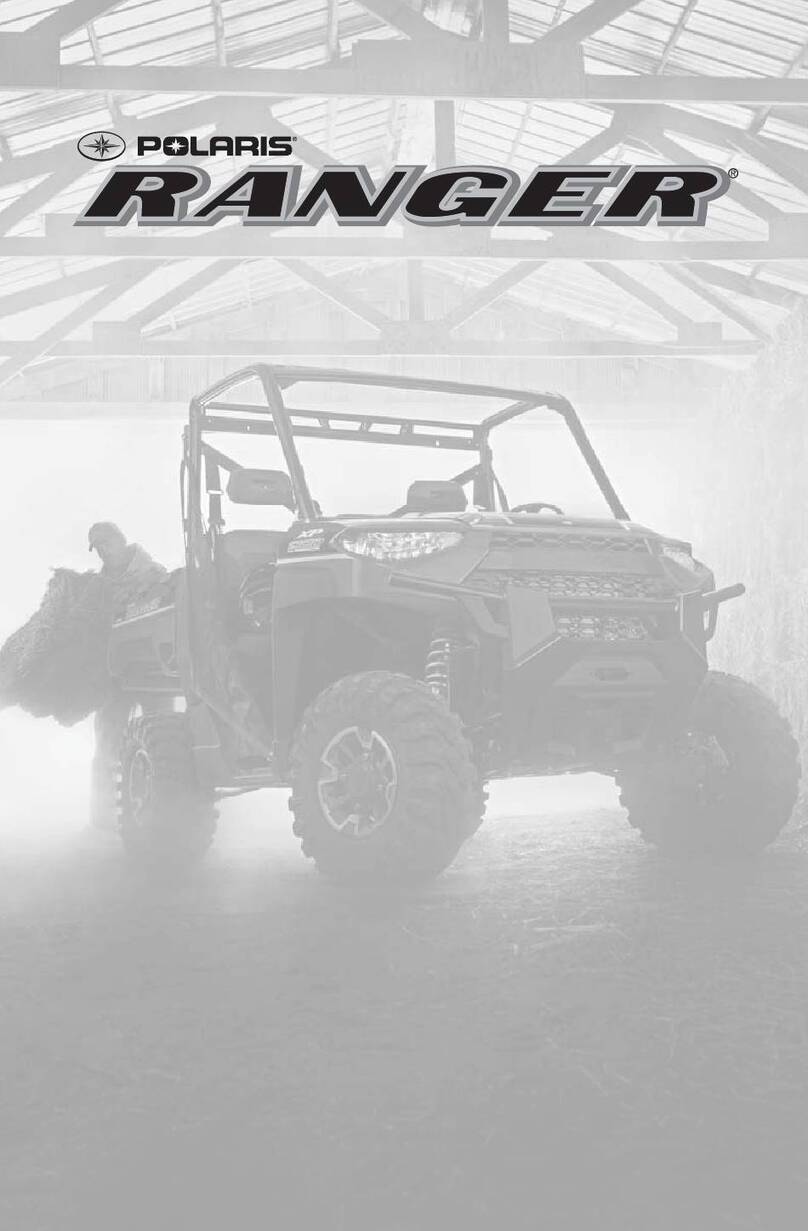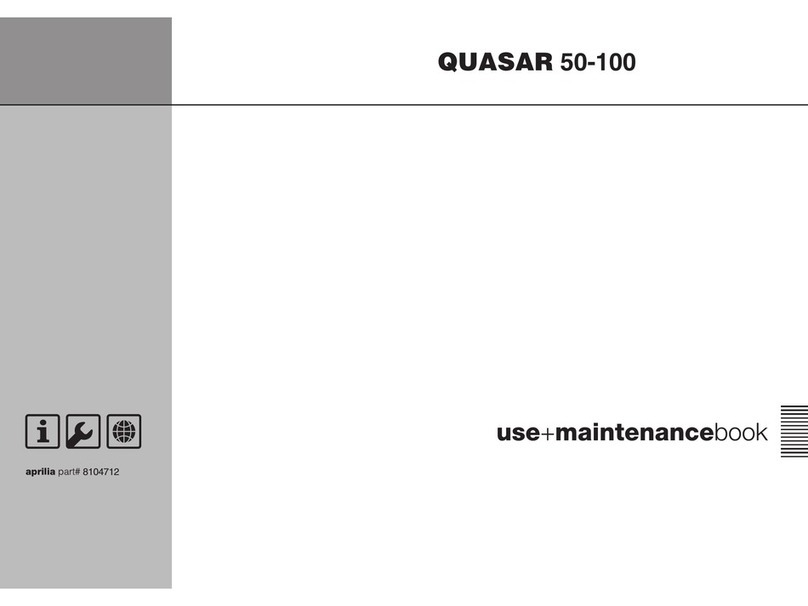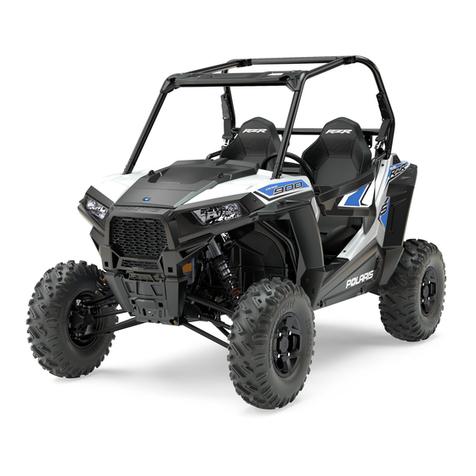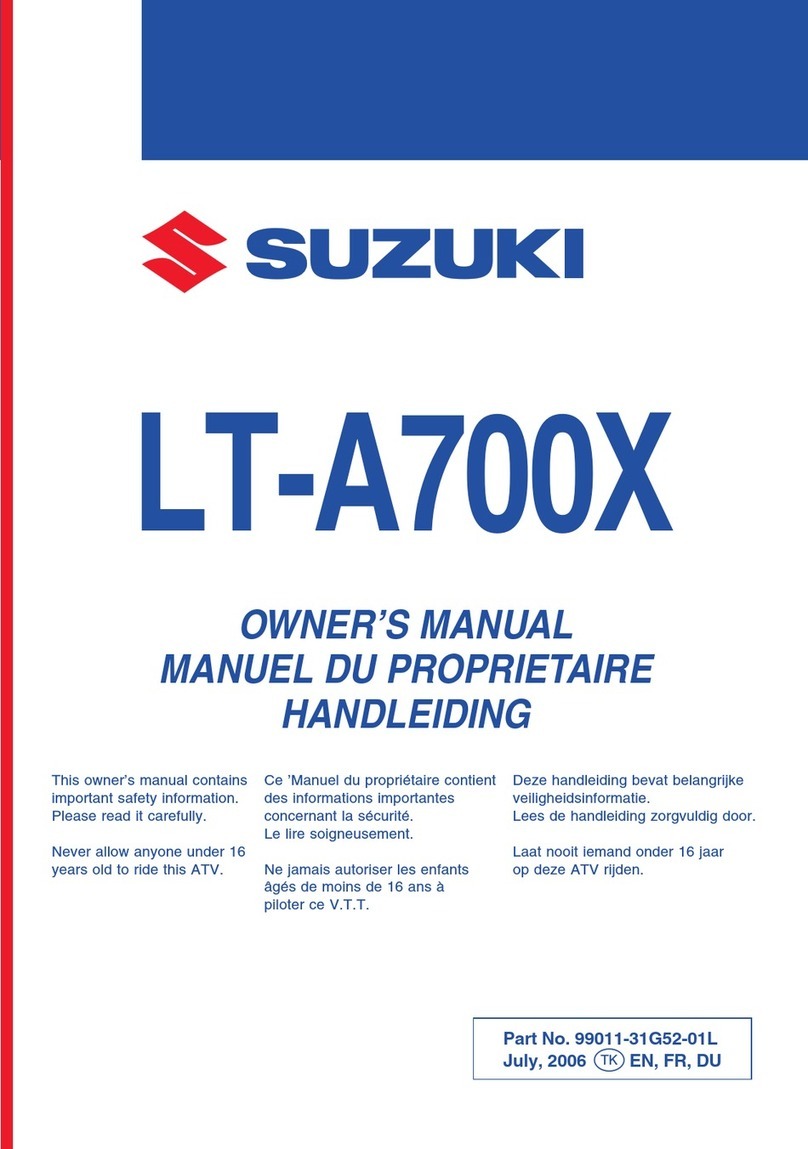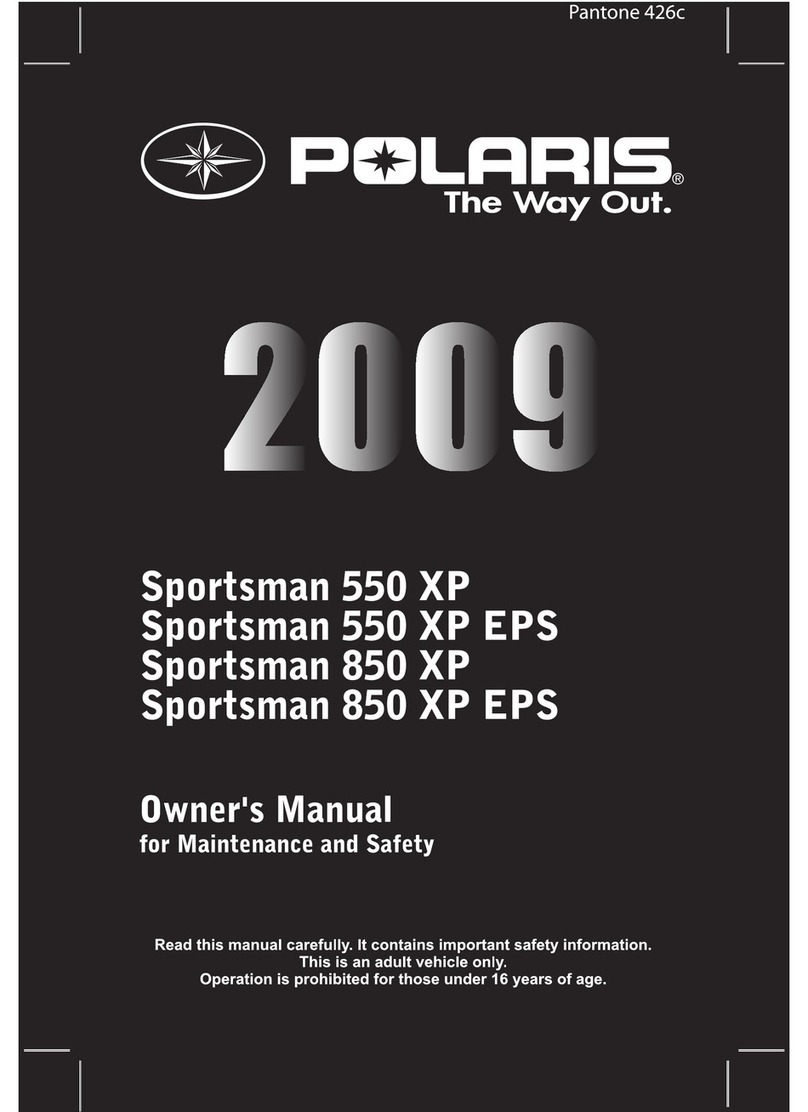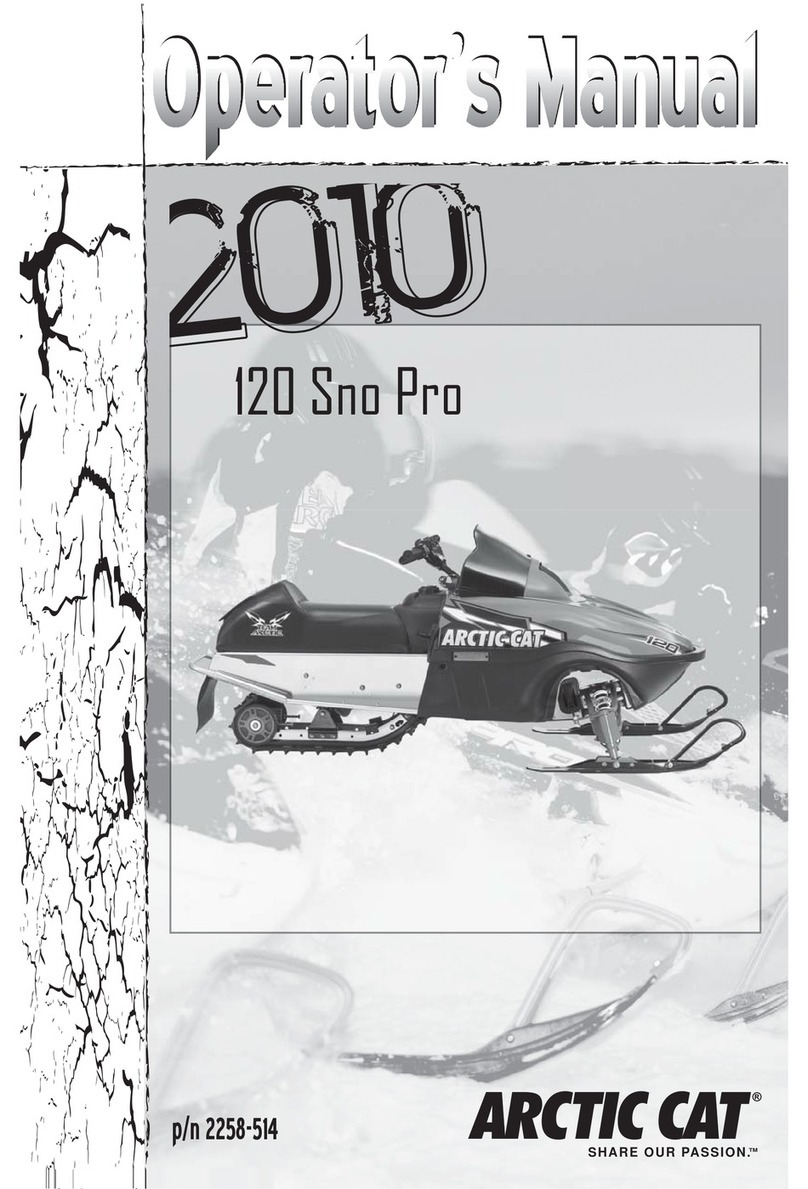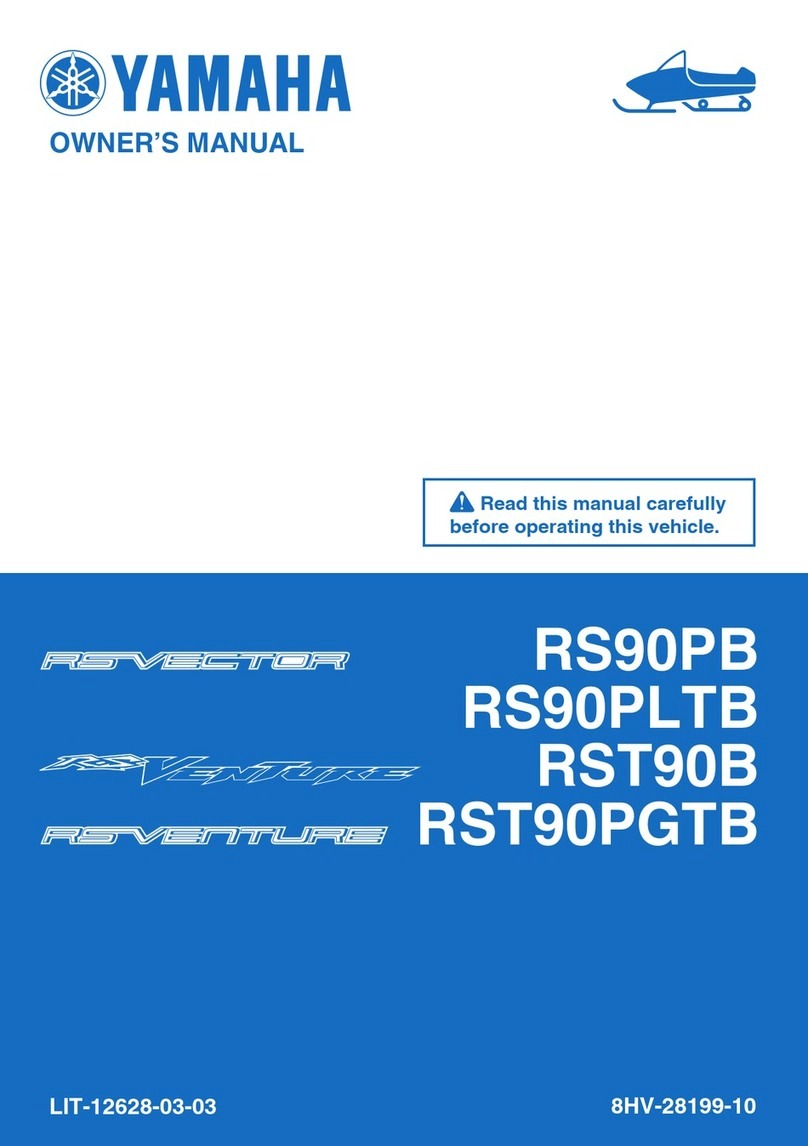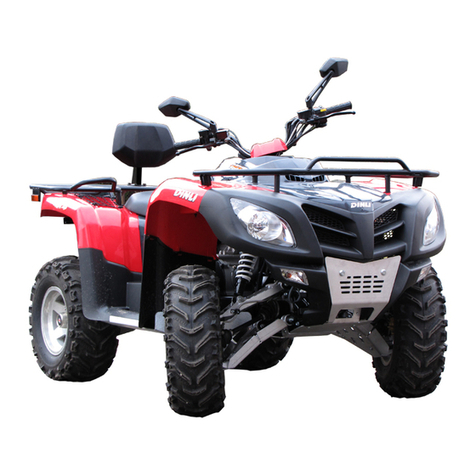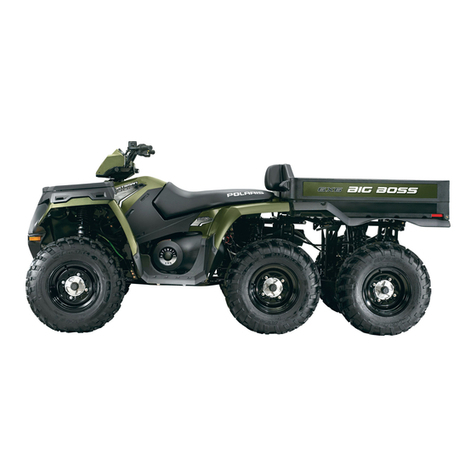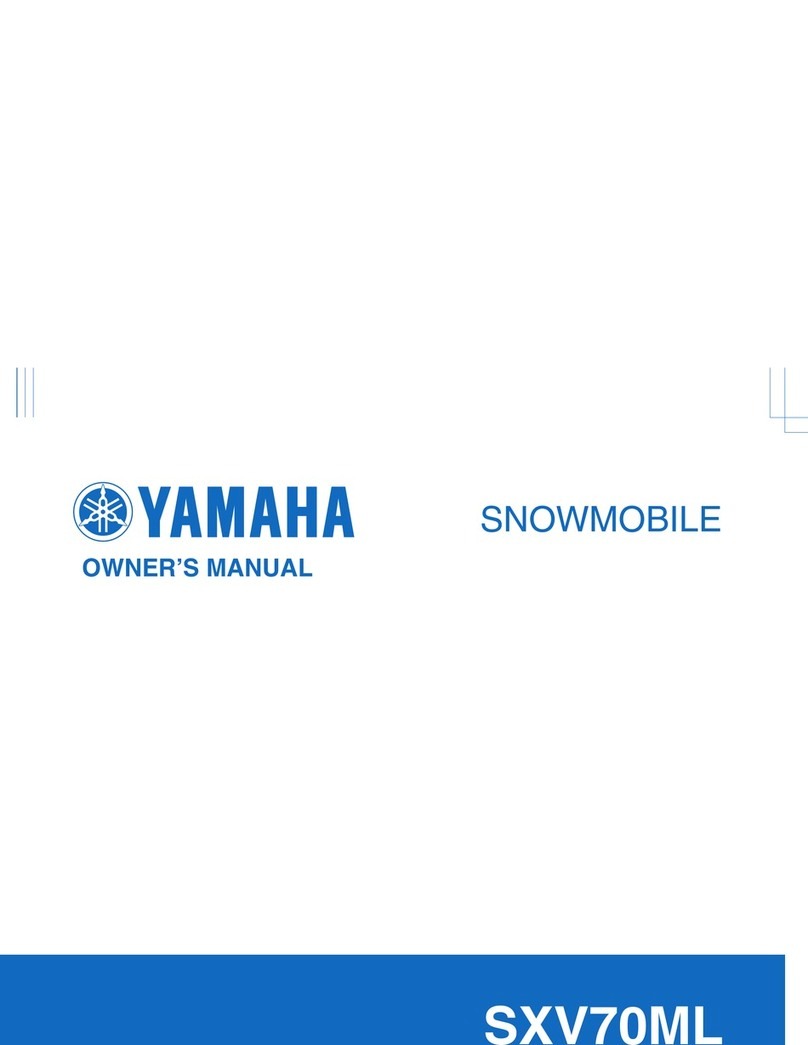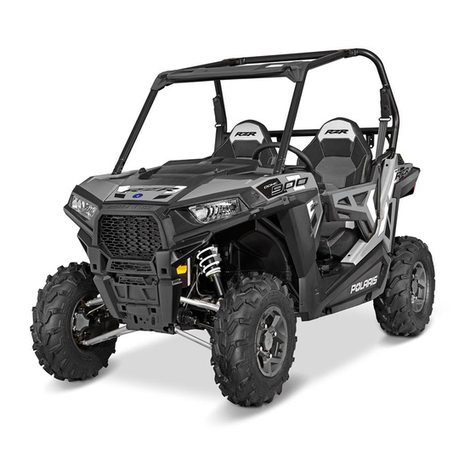
GENERAL PRECAUTIONS
Avoid Carbon Monoxide
Poisoning
All engine exhaust contains carbon
monoxide, a deadly gas. Breathing car-
bon monoxide can cause headaches,
dizziness, drowsiness, nausea, confu-
sion and eventually death.
Carbon monoxide is a colorless, odor-
less, tasteless gas that may be present
even if you do not see or smell any en-
gine exhaust. Deadly levels of carbon
monoxide can collect rapidly, and you
can quickly be overcome and unable
to save yourself. Also, deadly levels of
carbon monoxide can linger for hours
or days in enclosed or poorly ventilated
areas. If you experience any symp-
toms of carbon monoxide poisoning,
leave the area immediately, get fresh
air and seek medical treatment.
To prevent serious injury or death from
carbon monoxide:
– Never run the vehicle in poorly ven-
tilated or partially enclosed areas
such as garages, carports or barns.
Even if you try to ventilate engine
exhaust with fans or open windows
and doors, carbon monoxide can
rapidly reach dangerous levels.
– Never run the vehicle outdoors
where engine exhaust can be drawn
into a building through openings
such as windows and doors.
Avoid Gasoline Fires and
Other Hazards
Gasoline is extremely flammable and
highly explosive. Fuel vapors can
spread and be ignited by a spark or
flame many feet away from the en-
gine. To reduce the risk of fire or explo-
sion, follow these instructions:
– Use only an approved gasoline con-
tainer to store fuel.
– Strictly adhere to instructions in
FU-
ELING PROCEDURE
.
– Never start or operate the engine if
the fuel cap is not properly installed.
Gasoline is poisonous and can cause
injury or death.
– Never siphon gasoline by mouth.
– If you swallow gasoline, get any in
your eye or inhale gasoline vapor,
see your doctor immediately.
If gasoline spills on you, wash with
soap and water and change your
clothes.
Avoid Burns from Hot Parts
The exhaust system and engine be-
come hot during operation. Avoid con-
tact during and shortly after operation
to avoid burns.
Accessories and
Modifications
Do not make unauthorized modifica-
tions, or use attachments or acces-
sories that are not approved by BRP.
Since these changes have not been
tested by BRP, they may increase the
risk of crashes or injuries, and they can
make the vehicle illegal.
Accessory passenger seats approved
by BRP and conforming to SSCC stan-
dards may be available for certain mod-
els. If such a seat is used, you must
follow the guidelines and recommen-
dations in regards to a passenger in
this guide.
WARNING
Passenger seat must have a strap
or handholds and must meet SSCC
standards.
See your authorized Ski-Doo dealer for
available accessories for your vehicle.
8________ SAFETY INFORMATION ________
